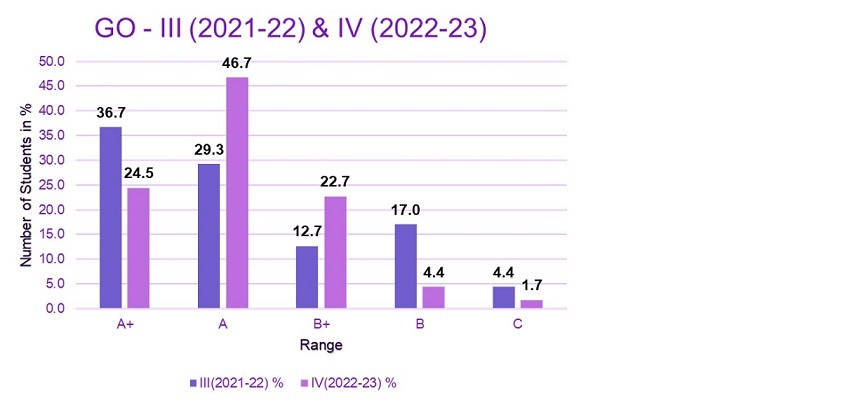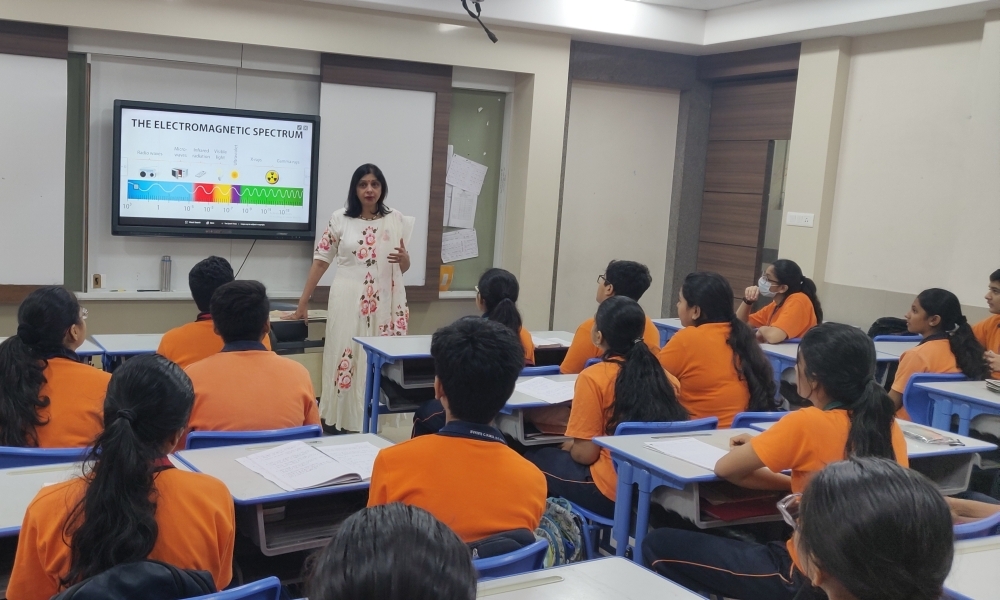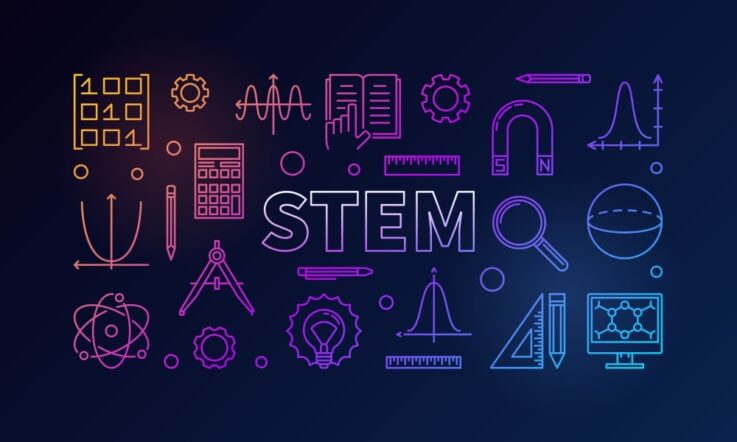Chatrabhuj Narsee Memorial School, a leading school located in VileParle in Mumbai, has 3,056 students and 175 teaching staff. It is a K-12 school affiliated with the Council for the Indian School Certificate Examinations.
Principal Kavita Sanghvi is a renowned STEM educator and her initiatives such as ‘bagless day’ for exploring different learning domains, the introduction of life skills in curricula such as soap and shoe making, and the Global Outlook STEM (Science, Technology, English,Mathematics) curriculum have gained wide recognition.
'Global Outlook is nothing but a STEM-based curriculum connecting students to real-life situations so that they can extend the concepts [taught in class] to real life, through practical, experiential work,' she tells Teacher.
In this program, students in grades 1 to 7 undertake STEAM-based activities. These include researching answers to science questions from their surroundings. There are usually 40 students in the class, who are divided into 2 groups of 20 to work collaboratively on the task.
Sanghvi shares a set of sample questions which teachers can ask their students, taken from a task exploring different types of flooring around the world:
- What is the flooring around you?
- Why do we have this kind of flooring? (e.g. why do we have marble or tiles?)
- What are the physical and chemical properties of the flooring?
- Why do houses in Mumbai use tiles or marble?
- Why are the roads for buses made of concrete?
- Why do houses in cold countries use wooden floors?
The principal says the program is skills-based and student progress is evaluated using a specific assessment rubric created for each unit. Click on the link to download an example of an assessment rubric, for the topic Shine, Shine our Utensils (208 KB).
'We have a report card of the students, so if maybe student 'X' in 3rd standard had skills of communication and maybe he's proficient but not an expert, in 4th standard we measure whether he's reached the expertise level or not. So, every year we are measuring the students’ performance year by year and we see whether there is an improvement or not.'

A graph showing assessment results in the Global Outlook program for the same cohort of students in 2021-22 and 2022-23 as they progress from Class III to Class IV.
Before the STEAM-based program was introduced in 2019, Sanghvi says more than 100 out of 320 students would end up dropping science when they were given the option in grade 9 – and the drop-out rate was particularly high among girls.
The principal says that figure has now decreased and highlights this as one of the successful outcomes of the program. ‘Students realised that STEM learning … was not complicated.
‘… the girls were given more opportunities to present because confidence is something that we saw girl students lacking, especially in the teen years we see girls taking a backseat …
‘This confidence is what has really driven them to experiment. Those initial inhibitions have now fallen apart. That’s how we’ve been promoting girls’ education in STEM out here.
‘Plus, every activity or task we have, we make sure that there's some sort of sensitisation for both the boys and the girls. For example, we do laundry in standard 4 … both girls and boys do laundry… when they learn that boys and girls are both doing it, boys realise that it is not a girl’s job.
‘For the past 3 years we’ve been creating records of our own success, and our own failures where we felt there were some lessons to be learned, where we did not do too well, and so we tweaked [the program],’ Sanghvi explains.
Now the school is creating a manual to help others implement a similar program. There will also be teacher training sessions to accompany the manual.
You can hear more from Kavita Sanghvi about the program, the assessment process and plans to share the resources with other schools in this video interview for Teacher.
WATCH VIDEO
Are students in your school reluctant to continue their science studies in senior grades? What are the proportions of girls and boys dropping science?
How do you encourage girls to pursue science in the senior years? Do you have any special interventions for promoting equity in science?



